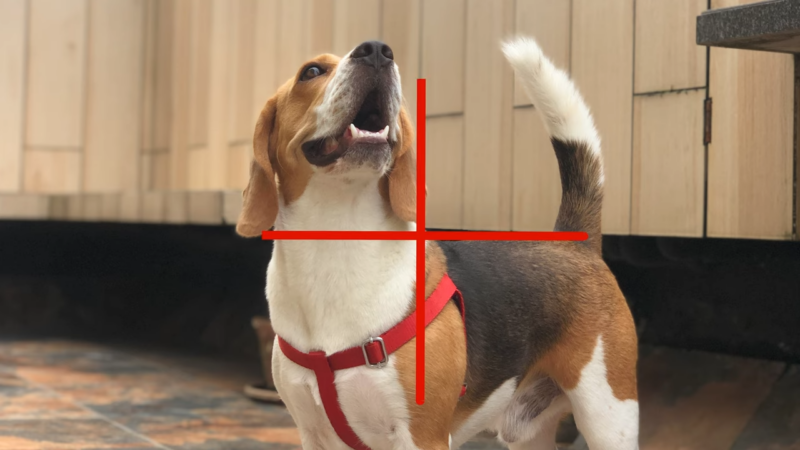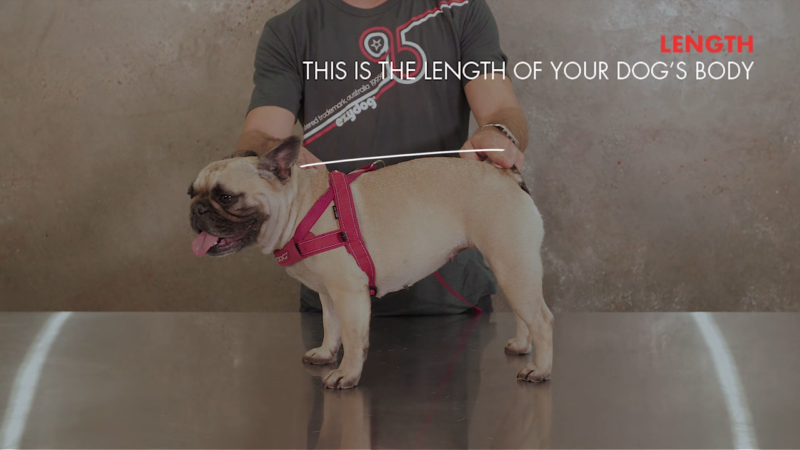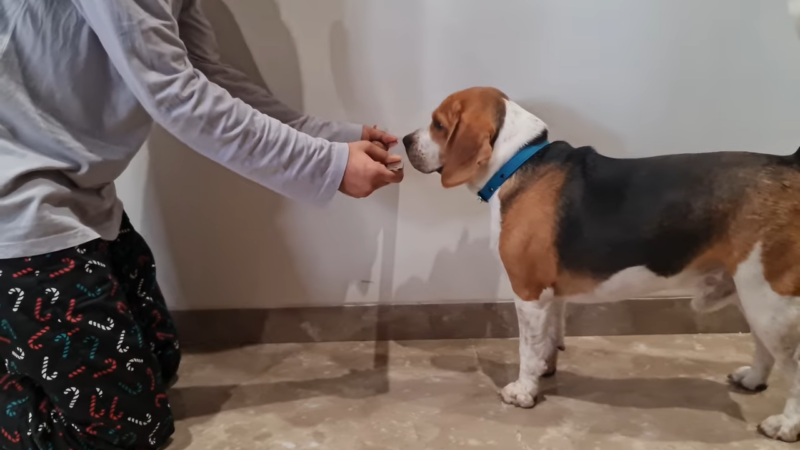As pet parents, we often take pride in every little detail about our dogs—from their weight to their paw size and everything in between. But one measurement that sometimes goes overlooked is their height. Measuring your puppy’s height isn’t just for fun, it’s useful for health tracking, buying the right-sized equipment, and even tracking their growth over time.
Let’s go over the basics of measuring your dog’s height, why it’s important, and how you can make it a smooth experience for both you and your pup.
Tools You’ll Need
Before jumping in, gather a few basic tools:
- Measuring tape (or a ruler if you don’t have one)
- Flat surface (such as a wall or door)
- Pencil or sticky note to mark height
- Treats for rewarding your dog’s patience
Step-by-Step Guide

Step 1: Find the Right Spot
Choose a flat, even surface, ideally near a wall or door. A non-slip floor is ideal, as it helps keep your dog stable.
Step 2: Identify the “Withers”

The term “withers” refers to the highest point of your dog’s shoulder blades, right where the neck meets the back. This point, rather than the top of your dog’s head, is the most accurate measurement spot for height.
*The withers are the standard reference point for height measurements in dogs, so it’s best to stick with it.
Step 3: Position Your Dog

It’s best if they’re in a relaxed position, as this will give you the most accurate measurement. If they’re sitting, lying down, or leaning, ask them to stand back up and reward them with a treat for cooperation.
Step 4: Mark the Withers
Using a pencil or sticky note, mark the wall right at the height of your dog’s withers. Place the pencil or note as close to their body as possible without touching them too much.
Accuracy is important here, so take your time and keep that mark level with the withers.
Step 5: Measure from the Ground Up
Now that you have your mark, grab the measuring tape and measure from the floor to the marked spot on the wall. Record this height.
Pro Tips for Accurate Measurements
- Take Multiple Measurements: To get a more accurate reading, measure your dog’s height three times and take the average. Dogs can fidget or adjust slightly, which can alter the result.
- Use Rewards Wisely: Make the process enjoyable by giving your dog a treat after each step. This positive reinforcement can make future measurements easier.
- Be Patient: Not all dogs will cooperate on the first try. Stay calm and avoid rushing. Patience will keep your dog relaxed, and you’re more likely to get an accurate measurement.
How Often Should You Measure Your Pup’s Height?
Dog Stage
Measurement Frequency
Reason
Puppies and Young Dogs
Every month or two
Monitor growth during the growth phase
Adult Dogs
Once or twice a year
Check for minor changes in fully grown dogs
Senior Dogs
Every six months
Identify any significant changes due to muscle loss or spinal issues
What to Do with These Measurements
1. Compare with Breed Standards
If you have a purebred dog, you might enjoy comparing their height to the breed standard. Breed organizations often provide height ranges for males and females, so you can see how your dog measures up.
2. Track Growth Over Time
Especially for those with puppies, tracking height over time can be fascinating. Some pet parents even keep a growth chart, documenting changes in height and weight month by month.
3. Check for Equipment Fit
Knowing your dog’s height is essential when choosing things like a crate, bed, or pet door. Look for products that list recommended height ranges so you can choose items that fit your dog comfortably.
Common Mistakes and How to Avoid Them
Measuring from the Head
It’s a common mistake to measure from the top of the dog’s head. While this is fine for casual comparisons, official dog measurements are taken from the withers. Measure from the withers for consistency and accuracy.
Letting Your Dog Sit or Slouch
Your dog should be standing on all fours with a straight back. A slouched or sitting position will shorten the measurement and may lead to inaccurate results.
Measuring on an Uneven Surface
A bumpy or tilted surface can skew your dog’s posture. Aim to measure on a flat, non-slippery surface for the best results.
Skipping Rewards
For dogs who are hesitant about staying still, skipping treats or rewards can make them impatient. The process should be a positive experience, so offer treats generously, especially if your dog seems reluctant.
FAQs
The Bottom Line
Measuring your dog’s height might seem like something irrelevant, but it’s an incredibly useful piece of information to have on hand. It’s a quick task that adds another layer to how well you know and care for your pup.







